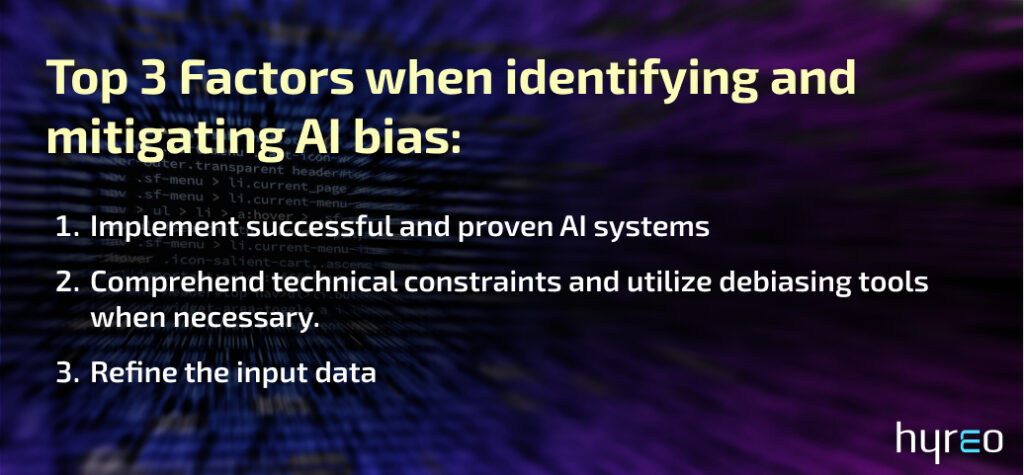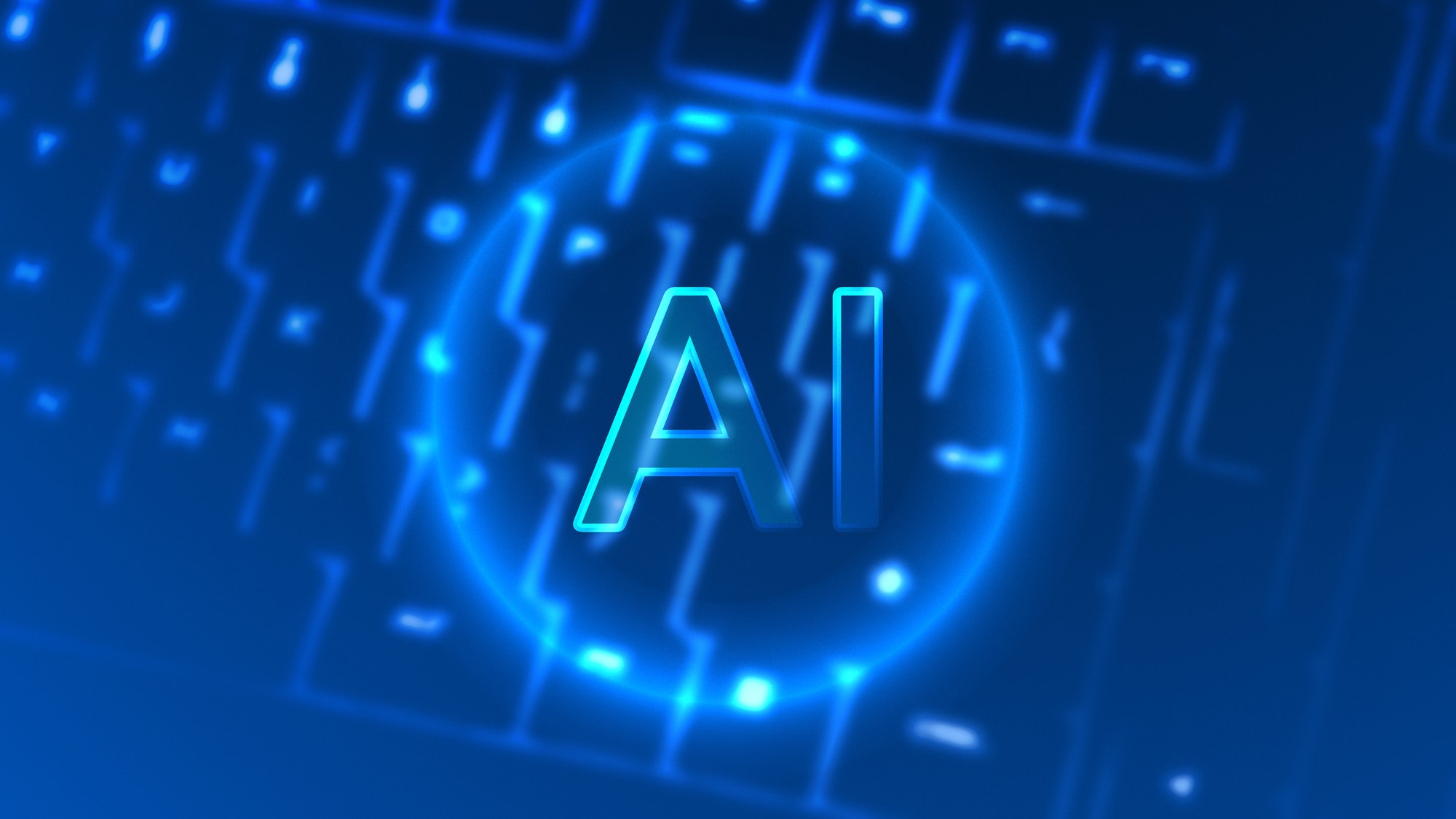The demand for advanced technology has seen an exponential growth with no signs of slowing down in many industries, including recruitment. The rollout of machine learning and the emergence of automated intelligent systems have changed the way leaders drive the recruitment process. Artificial intelligence was introduced with the key focus on minimizing the manual efforts in completing the repetitive or bulk tasks such as candidate screening, interview scheduling, and communicating with candidates frequently. No doubt, AI-driven tools, and systems have addressed the biggest challenge in recruiting and have made it easier to find qualified candidates even from a pile of lakhs of resumes.
But even when candidate screening is considered as a challenging stage in recruitment, the existence of human bias in selecting candidates cannot be ignored. AI-based tools were introduced in recruiting to play a key role in rooting out human bias and ending discrimination in talent acquisition. But just like any new technology, AI is capable of both immensely good and bad outcomes. Experts warn that AI-driven hiring tools are just as biased as humans who train the system. When the algorithms are biased, the AI-driven tools have enormous potential to be biased and do worse than good in recruitment.
According to LinkedIn, the RAND report discovered that approximately 10-50% of qualified candidates might be unfairly filtered out by biased AI before their application even reaches a human recruiter. Furthermore, the 2023 American Staffing Association Workforce Monitor reveals that 34% of people believe AI hiring tools are more likely to exhibit bias than human recruiters.
Though it’s nearly impossible to eliminate human bias, it is possible to identify and correct bias in AI. Listing out some easy hacks that can help companies understand and neutralize bias in AI, especially in recruitment.

Neutralize AI Bias in hiring tools
An unbiased work culture has now become a business imperative. Researches show that even well-intentioned recruiters are prone to unconscious bias when screening candidates. To ensure a fair assessment of potential candidates, leaders can use a bit more help and depend on AI-driven tools. With AI tools in place, it should be ensured that the system neutralizes and there exists no bias at all.
The basic 3 factors that should be considered by leaders to identify and neutralize AI bias are as follows :
-
Implement successful and proven AI systems
HR leaders should not nod to the claim that AI helps to eliminate bias in recruitment. Recruiting teams should look for a proven AI approach that has successfully eliminated bias and has achieved diversity goals in a workplace. Before making the leap, it is necessary that enterprises invest in AI techniques that have significant evidence of success in neutralizing bias. There are AI platforms where job applicants are tested for their behavioral traits via different games and quizzes. The results from such assessments are again analyzed using algorithms to decide if the applicant skills match the job requirements or not.The unbiased results produced from such methods help organizations easily address their challenges in resolving biased recruitment, even on a large scale. The greater the decrease in bias, the higher are the chances of more candidates applying for job opportunities in the organization.
2. Understand technical limitations and use debiasing tools if required
There are multiple approaches that can be implemented using AI tech to eliminate bias in hiring. Companies should take the first step in identifying limitations carefully when implementing such AI approaches. Leaders should recognize the limitations of the training data, models, and technical solutions to eliminate any kind of bias in hiring. For both technical awareness and to consider human methods to neutralize bias in machine learning, understanding the limitations will be highly helpful. There are a growing number of debiasing tools available that can supplement techniques to avoid AI bias. The advantage of such tools is that they can mitigate bias in AI for specific cases rather than cover a wide range of cases unnecessarily. Enterprises should consider ways in which AI itself can help against the risk of biased data.
-
Refine the input data
AI systems are trained to identify patterns and behaviors. It is the input data that builds the system and enables AI to work the way it does. Here, humans have a direct influence on training the date. So, in true sense, to eliminate or neutralize bias in AI, changing the input data for the algorithm can be the vital step. For example, AI-based systems can be trained to look for specific skills in a candidate and not the resume quality. To remove any kind of bias, let the systems identify and screen candidates for required education and not based on gender as the keyword.
Human expertise to neutralize AI bias
AI systems have proved to be a time saver in all recruitment activities. It is also proven that AI capabilities can be used to eliminate the existing human bias in hiring new employees. But there exists a need to understand about AI bias and the different ways to address the challenges. A key principle that needs to be followed by enterprises is that AI systems should be designed in such a way that there is room for frequent testing and removal of any bias if found. Before the system is used by hiring teams or candidates in recruitment, it should be ensured that any kind of biasing nature is removed from the system. Human oversight is necessary to ensure that the AI systems do not replicate any biases or introduce new ones based on the input data given to the system. If the AI system exposes any kind of bias, it is an opportunity to use human judgement to decide how to neutralize the bias and improve the process. It is only when human expertise and technology work in tandem, that we can produce the best outcomes.
Also read:
The future of Autonomous AI Agents
Data-driven Hiring



